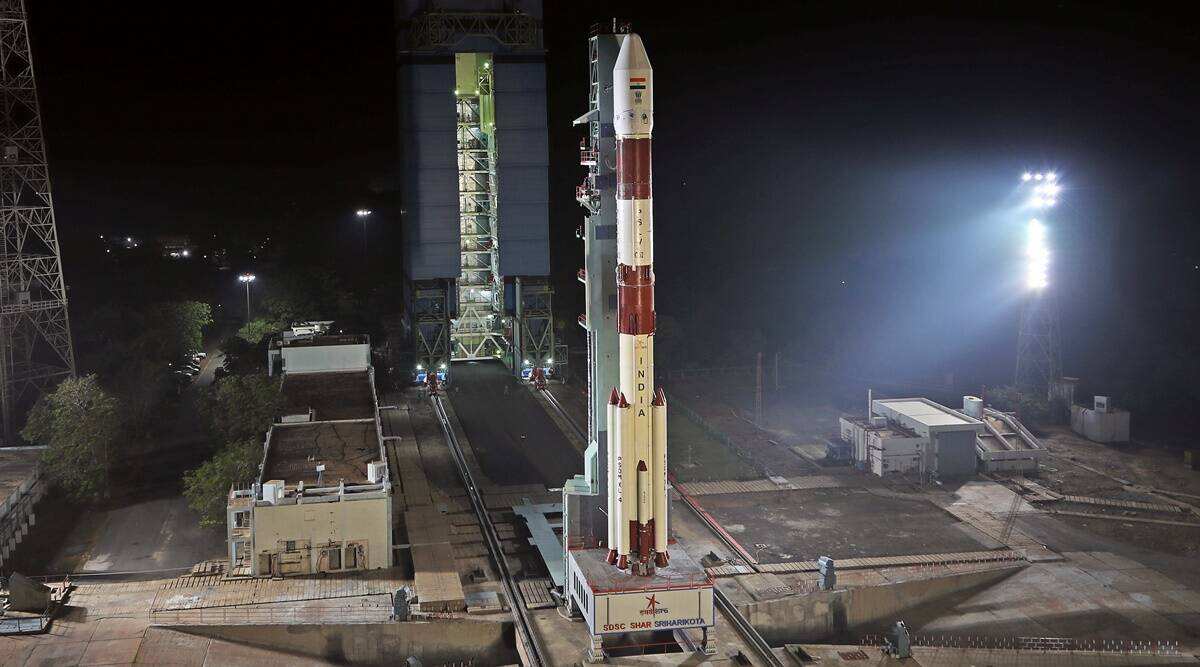The Indian Space Research Organization (ISRO) managed to launch the Earts Satellite Earts Observation EOS-4 and two co-passenger demonstrators and scientific satellites at 5:59 Monday from the first launch base in the only space in Sriharikota, Andhra Pradesh.
“After the flight around 17 minutes 34 seconds three satellites namely EOS-04, Inspiresi-1 and Inst-2TD was successfully injected into the Sun-Synchronous pole orbit of 529 km. Orbit achieved for satellites is very close to the intended orbit,” said Space Agency in a statement.
After the separation, the two Surya EOS-04 arrays are automatically deployed and the ISRO telemetry tracking and network commands (Istrac) in Bengaluru are assumed to control. The satellite will maneuver to its last position and start providing data in a few days.
This is the country’s first mission this year, in fact, it was the first mission since the failure of the F10 GSLV mission in August 2021. The Mission of the PSLV-C52 / EOS-04 has also been postponed twice because of the coronavirus pandemic. Initially it was planned for the third quarter of 2021, the launch was pushed into the fourth quarter and finally until the beginning of 2022.
This is the first mission of the space agent under the leadership of S somandush, who took over as ISRO chairman and the Department of Department Secretary in January. Keeping his comments short, the chairman thanked his team and said that the satellite was a big asset for the country. S Somanaath ended the address that was less than a minute with, “We will come back again with the next PSLV launch soon. Until then, goodbye.”
1,700KG EOS-04 is a radar imaging satellite capable of providing high-quality images under all weather conditions. It can be used to capture images for agriculture, forestry, flood mapping, soil moisture, and hydrology. Satellites have a 10-year mission life.
The spacecraft will also bring satellite demonstrators Ins-2DT technology, which has a thermal imaging camera and can help in the assessment of soil and water temperatures regardless of map vegetation.
The third Inspiresi-1 satellite was developed by the Indian Institute of Science and Technology, University of Colorado, USA, Nanyang Nanyang Singapore Technology University, and National Central University in Taiwan. This satellite will use two instruments to study the dynamics of ionosphere and the process of coronal heating Sun.
Pandemic Coronavirus resulted in space agencies not only the mission mission but also launched regularly. ISRO only tries only four missions, which fails, up to 2020 and 2021. The first solar mission in India Aditya-L1, the third lunar mission with only landers and Rover Chandrainan-3, and the first flight that is not loved under the mission of the mission happened in 2020 but was pushed back at the beginning of 2021 and then further after the second wave of pandemic.
Isro is likely to target Chandrauran-3 this year in August. The first development flight from the newly designed small satellite launch vehicle that will occur in the second half of 2021 has also been suspended.

